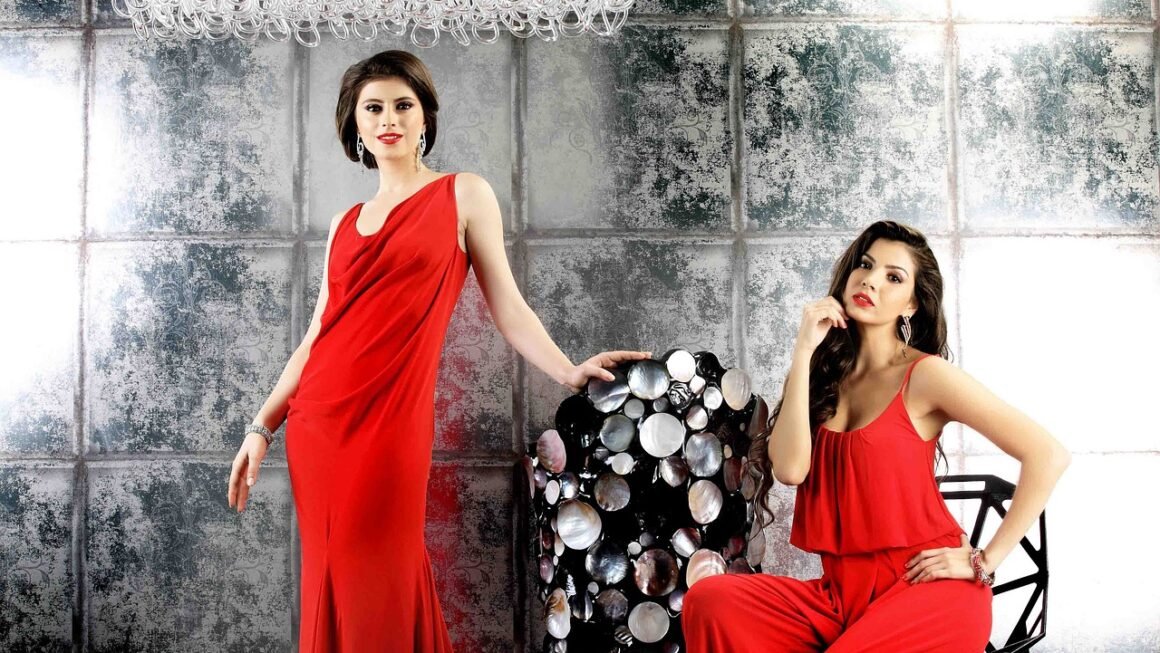Product images: they’re often the first (and sometimes only) thing potential customers see when browsing online. In a digital world overflowing with options, captivating product photography can be the difference between a click and a scroll. More than just pretty pictures, compelling product images are a powerful tool for building trust, showcasing value, and ultimately, driving sales. This post will dive deep into the world of product imagery, providing actionable insights and strategies to elevate your online presence and convert browsers into buyers.
The Undeniable Importance of High-Quality Product Images
First Impressions Matter More Than Ever
In the online marketplace, your product images are your storefront window. Unlike brick-and-mortar stores, customers can’t physically interact with your products. High-quality images bridge this gap, offering a visual representation that informs their purchase decisions.
- Visual Appeal: Images instantly grab attention and create a positive first impression.
- Trust and Credibility: Professional-looking photos instill confidence in your brand and products.
- Informed Decisions: Clear and detailed images help customers understand the product’s features, materials, and size.
Statistics Speak Volumes
Data consistently shows the significant impact of product images on sales:
- According to a study by Weebly, online stores with product photos receive 10x more views.
- A survey by Justuno found that 93% of consumers consider visual content to be the deciding factor in a purchasing decision.
- Research indicates that high-quality product images can increase conversion rates by up to 30%.
Actionable Takeaway:
Prioritize investing in high-quality product photography. It’s a fundamental aspect of online retail that directly impacts your bottom line. Consider hiring a professional photographer or learning basic photography skills to capture compelling images yourself.
Essential Types of Product Images
Studio Shots: The Foundation
Clean, well-lit studio shots are the cornerstone of any product image strategy. These images typically feature the product against a plain background (usually white or grey) and highlight its key features.
- Focus on Clarity: The goal is to showcase the product in its best light, free from distractions.
- Multiple Angles: Provide a comprehensive view of the product from various perspectives (front, back, side, top, etc.).
- Zoom Functionality: Allow customers to zoom in and examine details, such as textures, stitching, or intricate designs.
Lifestyle Shots: Context and Connection
Lifestyle shots showcase the product in use, in a real-world setting. These images help customers visualize themselves using the product and understand its benefits in context.
- Emotional Connection: Lifestyle shots evoke emotions and create a sense of desire.
- Showcase Functionality: Demonstrate how the product works and solves a problem.
- Target Audience: Tailor the setting and models to appeal to your ideal customer.
- Example: Instead of just showing a pair of running shoes on a white background, include a lifestyle shot of someone running in them outdoors.
Detail Shots: Highlighting Key Features
Detail shots zoom in on specific features or components of the product, highlighting its unique selling points and quality craftsmanship.
- Emphasize Value: Showcase the intricate details that differentiate your product from competitors.
- Build Trust: Demonstrate the quality of materials and construction.
- Address Concerns: Use detail shots to answer potential questions about specific aspects of the product.
- Example: For a leather handbag, a detail shot could focus on the stitching, hardware, or the texture of the leather.
360° Views and Videos: Immersive Experiences
Offering 360° product views or short videos provides an interactive and immersive shopping experience. These formats allow customers to explore the product from all angles, mimicking the experience of holding it in their hands.
- Increased Engagement: Interactive visuals keep customers engaged on your product page.
- Reduced Returns: By providing a comprehensive view, you minimize the chances of customers being surprised by the product upon arrival.
- Improved Conversion Rates: Studies have shown that 360° views can significantly increase conversion rates.
Actionable Takeaway:
Utilize a combination of studio, lifestyle, and detail shots to provide a well-rounded visual representation of your products. Consider incorporating 360° views or videos for a more immersive experience, especially for high-value items.
Optimizing Product Images for SEO and User Experience
Image File Names and Alt Text: Crucial for SEO
Optimizing your image file names and alt text is essential for both SEO and accessibility. Search engines use this information to understand what your images are about and rank them accordingly.
- Descriptive File Names: Use relevant keywords in your file names (e.g., “red-leather-handbag.jpg” instead of “IMG_1234.jpg”).
- Compelling Alt Text: Write descriptive alt text that accurately describes the image and includes relevant keywords. Alt text also benefits users with visual impairments.
- Example: For an image of a red leather handbag, the alt text could be “Red leather handbag with silver hardware.”
Image Size and Compression: Balancing Quality and Speed
Optimizing image size is crucial for website speed and user experience. Large image files can slow down your website, leading to higher bounce rates and lower search engine rankings.
- Compress Images: Use image compression tools to reduce file size without sacrificing too much quality.
- Choose the Right Format: JPEG is generally suitable for photographs, while PNG is better for graphics with transparency.
- Responsive Images: Implement responsive images that adapt to different screen sizes.
Actionable Takeaway:
Always optimize your image file names, alt text, and file sizes for SEO and user experience. Aim for a balance between image quality and website speed.
Tips for Capturing Stunning Product Images
Lighting is Key
Proper lighting is arguably the most important element of product photography. Good lighting can highlight details, create depth, and make your products look more appealing.
- Natural Light: Utilize natural light whenever possible, especially for lifestyle shots.
- Artificial Lighting: Invest in good-quality artificial lighting, such as softboxes or LED panels, for consistent and controlled results.
- Avoid Harsh Shadows: Diffuse the light to create soft, even illumination and minimize harsh shadows.
Composition and Styling
Composition refers to the arrangement of elements within the image. Effective composition can draw the viewer’s eye and highlight the product’s best features.
- Rule of Thirds: Apply the rule of thirds to create visually appealing and balanced compositions.
- Negative Space: Use negative space to create a sense of balance and highlight the product.
- Styling: Carefully consider the props and background elements used in your photos to create a cohesive and visually appealing aesthetic.
Editing and Retouching
Post-processing is an essential part of product photography. Editing and retouching can enhance your images, correct imperfections, and ensure consistency.
- Adjust Brightness and Contrast: Optimize the overall brightness and contrast of your images.
- Correct Color Balance: Ensure accurate color representation.
- Remove Blemishes: Remove any distracting blemishes or imperfections.
- Maintain Consistency: Apply consistent editing techniques to all your product images.
Actionable Takeaway:
Master the fundamentals of lighting, composition, and editing to capture stunning product images. Experiment with different techniques and styles to find what works best for your brand and products.
Conclusion
Investing in high-quality, optimized product images is not merely an expense; it’s a strategic investment that can significantly impact your online sales and brand reputation. By understanding the importance of different image types, optimizing them for SEO and user experience, and mastering basic photography techniques, you can create a compelling visual experience that converts browsers into loyal customers. Remember that your product images are your silent salespeople, working tirelessly to showcase your products and build trust with your audience. So, take the time to create images that truly shine and watch your online business flourish.



